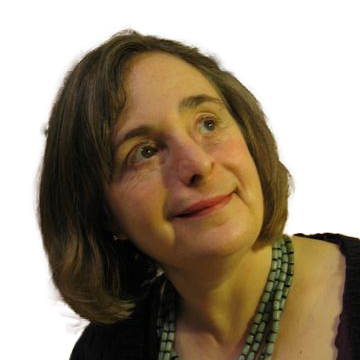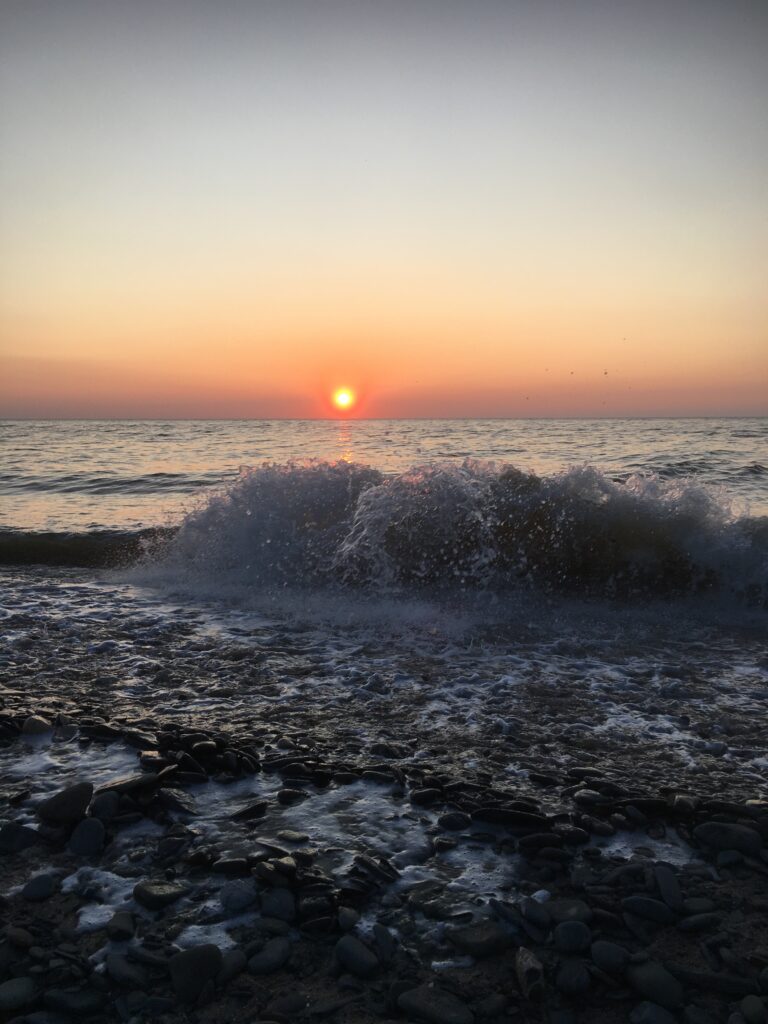I spent the first weekend of July in Lampeter, at a gathering focused on Yoga, Ayurveda and the Cultivation of Harmony put on by the Harmony Institute of the University of Wales Trinity Saint David. Over two sessions the focus moved to the view of the human person in terms of the Ayurvedic system developed around the ideas of Ether (or Space), Air, Water, Fire and Earth. On the Saturday evening virtuoso harpist Catrin Finch improvised and played pieces from the classical repertoire that reflected the dynamics of these themes. On the Sunday morning we heard medical herbalist and Ayurvedic practitioner Annie McIntyre give a masterly overview of the principles of Ayurveda and the aim of practitioners to help people balance the elements in a way that supports their inherent nature and their relationship to the whole. Balance and harmony are the key.
If you are someone who tends to think of the elements in terms of the Periodic Table, I invite you to switch for a brief spell to this older view. From ancient times, Earth, Air, Fire and Water have been used as potent symbols to denote different states of being. Different systems may mean somewhat different things by the elements so named, but I have found it helpful to consider them in terms of personality. So, to give a thumbnail sketch, Earth denotes that grounded quality of someone who is realistic and dependable – or may be stuck in their ways. Air suggests movement: the seat of ideas that will inspire action. It is associated with imagination and abstract thought – but also with a volatile, airy-fairy approach to life. Fire denotes a person’s dynamism; their motivation and drive. But maybe their tendency to set things going that they soon give up or find they need to pull back from. Water is the emotional realm. It could point towards the flow of emotional intelligence, or to being driven by emotion and given to excessive emotional displays. Ideally, all these elements are held in balance, dancing around a still space within.
I’d like to use John Finlay, the main character in A G Rivett’s book, The Seaborne, to illustrate a way of looking at a story with such a schema in mind. This novel begins with a man leaving dry land in a headlong flight that ends in shipwreck. He couldn’t be more submerged in the watery element, a picture of his out-of-control emotional state. But he is rescued by fishermen – people with mastery of this element. And they bring him back to land where he is nursed with the aid of medicinal herbs, giving him a strong dose of Earth energy.
Seen as a soul journey, the crises encountered in an individual life become cauldrons of transformation bringing about adjustments in the psyche, for better or for worse. Johnʼs flight and rescue is one such initiation. As he awakens to a world that is new to him, he becomes like a small child who must learn the basic skills needed to manage his environment, held in a setting where the elements are balanced in such a way that he himself grows into a more balanced way of being. He takes on the name the Islanders have given him: Dhion, denoting an inner shift. In an Earthy way, he takes up work that contributes to the community and, the Water element now flowing rather than overwhelming, begins to develop a relationship that leads towards tenderness and love. But no story can be as straightforward as that. In a story, something must go wrong and the elements fall out of balance again.
More relaxed in his new-found world, Dhionʼs mind becomes active. Air and Fire are at work in him – but maybe too much. He has ideas about demonstrating electricity to his Island community, none of whom have seen anything electrical beyond a flash of lightning. John’s ideas get Dhion into a mess again. But this time the Earth-element has been strengthened and he is ready to face his situation realistically. Grasping that there is “no way out but through,” he accepts the ordeal the community places on him.
So we see him, adrift on the ocean in a small boat without oar or sail – an archetypal image from Celtic legend – with no resource except what he carries within. Unlike the last time he was on the ocean, he is not running away; rather he is facing his situation full-on. In this physically helpless state, and from the depths of his being, Dhion makes a choice that recognises the man he has become: honest, congruent, courageous, loyal. Something changes. He stands astride in his boat. Fire is rising in him – but this time in a way that is potent rather than out-of-control. Like a mage, he summons a breeze (Air) and a current (Water) to carry him home (Earth). The air and water obey his command. A mage is one who has attained mastery, for whom the elements are in balance, to be drawn on as needed. There is a title of Christ in Celtic thought that names him the King of the Elements. It is no meaningless chance that brings Dhion to his time of self-realisation at Easter.
The Seaborne is the first book of the Isle Fincara Trilogy. The second book, The Priest’s Wife, follows the story of Morag. It will be published by Pantolwen Press on October 20th.
Gillian PB


